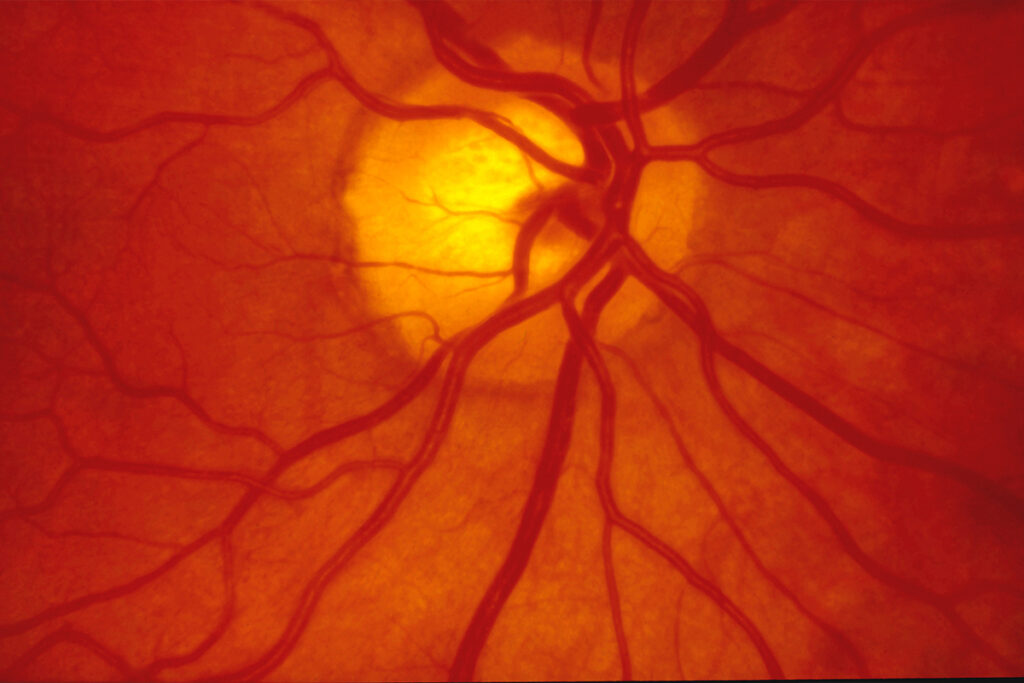Cirrus Therapeutics lands seed funding to advance gene therapy designed to prevent and reverse dry AMD by rejuvenating the retina.
Ophthalmology focused biotech Cirrus Therapeutics has raised $11 million in seed financing to advance a gene therapy program that targets the underlying biology of dry age-related macular degeneration (AMD), one of the leading causes of blindness in people over 50. The Cambridge, Massachusetts–based company is pursuing an approach that aims to reverse cellular aging in the retina, with the goal of preventing and even reversing vision loss in sufferers.
Dry AMD, which accounts for up to 90 percent of AMD cases, is believed to affect more than 200 million people worldwide. The disease progressively destroys the macula – the part of the retina responsible for central, detailed vision – leading to blurriness, blind spots, and eventually loss of independence as patients can no longer read, drive, or recognize faces.
Despite its prevalence, there are no approved therapies that restore vision or alter the course of the disease, and existing treatments largely focus on slowing progression, with limited success. Cirrus is taking a different approach. The company’s lead program focuses on restoring levels of IRAK-M, a protein that regulates immune homeostasis in the retina, with the ultimate goal of reversing a key cause of the disease: the aging process itself.
Cirrus was spun-out from the lab of University of Bristol ophthalmology professor Andrew Dick, who is the company’s co-founder and Chief Scientific Advisor.
“Current approved treatments for dry AMD, and much of the therapeutic pipeline, target a single disease-implicated pathway – primarily the complement cascade,” said Dick. “To date, however, existing approaches have yet to demonstrate functional benefits. Replenishing IRAK-M expression offers an exciting opportunity to target an underlying driver of retinal degeneration – aging itself – thwarting the multi-pathway activity that leads to AMD and preventing or reversing vision loss.”
Research published last year in Science Translational Medicine identified IRAK-M as a key regulator of retinal health. Normally expressed in retinal pigment epithelial cells, IRAK-M declines naturally with age and drops more sharply in people with dry AMD. The loss of this protein leaves the retina exposed to chronic inflammation, oxidative stress and mitochondrial dysfunction – all hallmarks of AMD pathology. In preclinical models, replenishing IRAK-M protected against retinal degeneration.

Cirrus’ therapy uses an adeno-associated virus (AAV) vector to deliver genetic instructions directly into the eye, restoring IRAK-M to more youthful levels. By doing so, the company aims to rejuvenate retinal defenses across multiple pathways, addressing the broad effects of aging that drive the disease. The localized and immune-privileged nature of the eye makes it a particularly suitable organ for gene therapy, and Cirrus believes its approach could potentially enable a durable, one-time therapy.
“By pairing the disease-modifying IRAK-M target with a modality that would enable a one-time treatment, we aim to protect and preserve vision,” said Cirrus CEO Dr Ying Kai Chan. “This not only represents a major medical advance to address a highly prevalent blinding disease, but also heralds a paradigm shift for the application of gene therapy, for which approved products have been reserved for rare, monogenic diseases thus far.”

